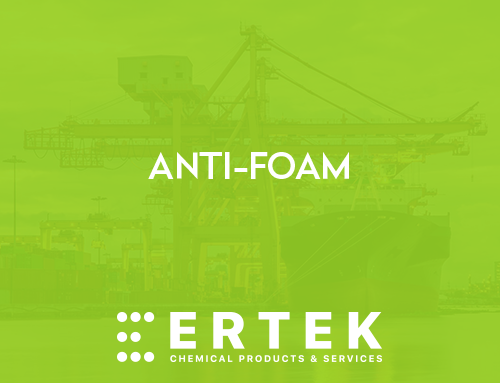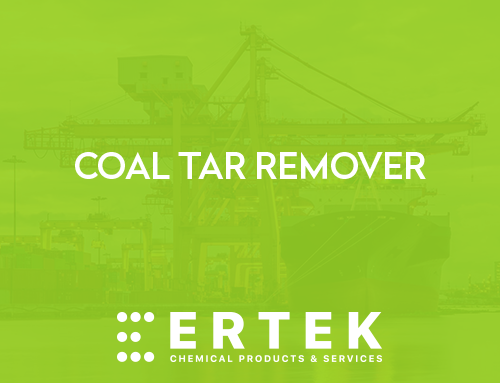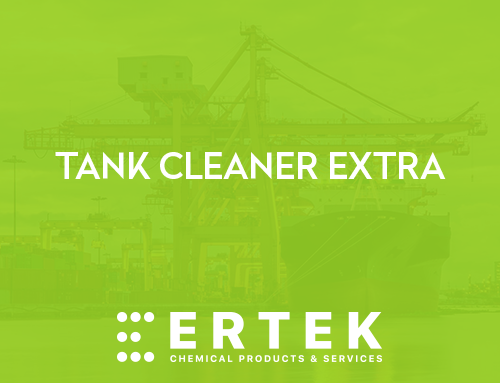DESCRIPTION
“TANK CLEANER” is a heavy duty solvent based cleaner for tank cleaning.
TANK CLEANER is an emulsifying cleaning agent for the removal of heavy mineral oils, fuel oil, disel oil, base oil, lube oil and fats by direct injection, spraying and/or recirculation.
APPLICATION, FEATURES & BENEFITS
- Cleaning after crude and refined mineral oil.
- Degreases bilge spaces and engine room.
- Can be used for general cleaning of oil and grease.
- Easy to use.
- Safe to use on epoxy and zinc silicate coatings as well as common metals
DIRECTIONS FOR USE/ APPLICATION RATES AND DOSAGE RATES
Pre-wash
Before cleaning with TANK CLEANER, it is recommended to prewash tanks with hot water of approximately 50°C except for crude oil, drying and semi-drying oils where a prewash with cold water should be applied.
Direct Injection Method for Cargo Tanks
Undiluted TANK CLEANER should be injected at a predetermined rate into the pressure side of the automatic tank cleaning system line on deck by means of an air-operated drum (barrel) pump. Usually an injection rate of 0.1 to 0.5 liter TANK CLEANER per 100 liters of tank wash water is sufficient. Cleaning time 2-6 hours. Subsequently rinse with water.
Hand Spraying Method
Spray undiluted TANK CLEANER on to bulkheads, frames, stringers, longitudinals etc. using an air-operated drum pump connected with a delivery hose and hand spray gun. After a predetermined reaction time, tanks should be rinsed with water using the automatic tank washing machines. For spot cleaning only, use hand held hose for rinsing, for instance a fire hose with nozzle. Hand Spraying Method is the most economical system in terms of chemical consumption but requires tanks beeing gas free enabling men to enter tanks. However, Hand Spraying Method has a practical time limitation depending on tank sizes, i.e.total tank surface to be sprayed.
Recirculation Method
A chemical solution is prepared in one of the after tanks near the pump room, circulated via the automatic tank washing system pump and heater to the tank to be cleaned, wherefrom the solution is returned to the chemical solution tank via the stripping line. Usually it is not possible to recirculate solution through the tank washing system heater (to maintain solution temperature) without making a temporary connection between the chemical solution tank and the tank washing pump. Capacities of solution tank, pipelines and pumps etc. should be calculated carefully to ensure sufficient volumetric quantity for a continuous recirculation. Depending on size and condition of tanks to be cleaned and quantity of chemical solution, a drawback in this method is that usually only 3 (three) tanks can be cleaned with one solution after which a fresh solution should be made and heated before cleaning can continue. The required solution strength is 2-6% TANK CLEANER. After chemical cleaning the tanks should be rinsed thoroughly with sea water or fresh water depending on availability and requirements.





